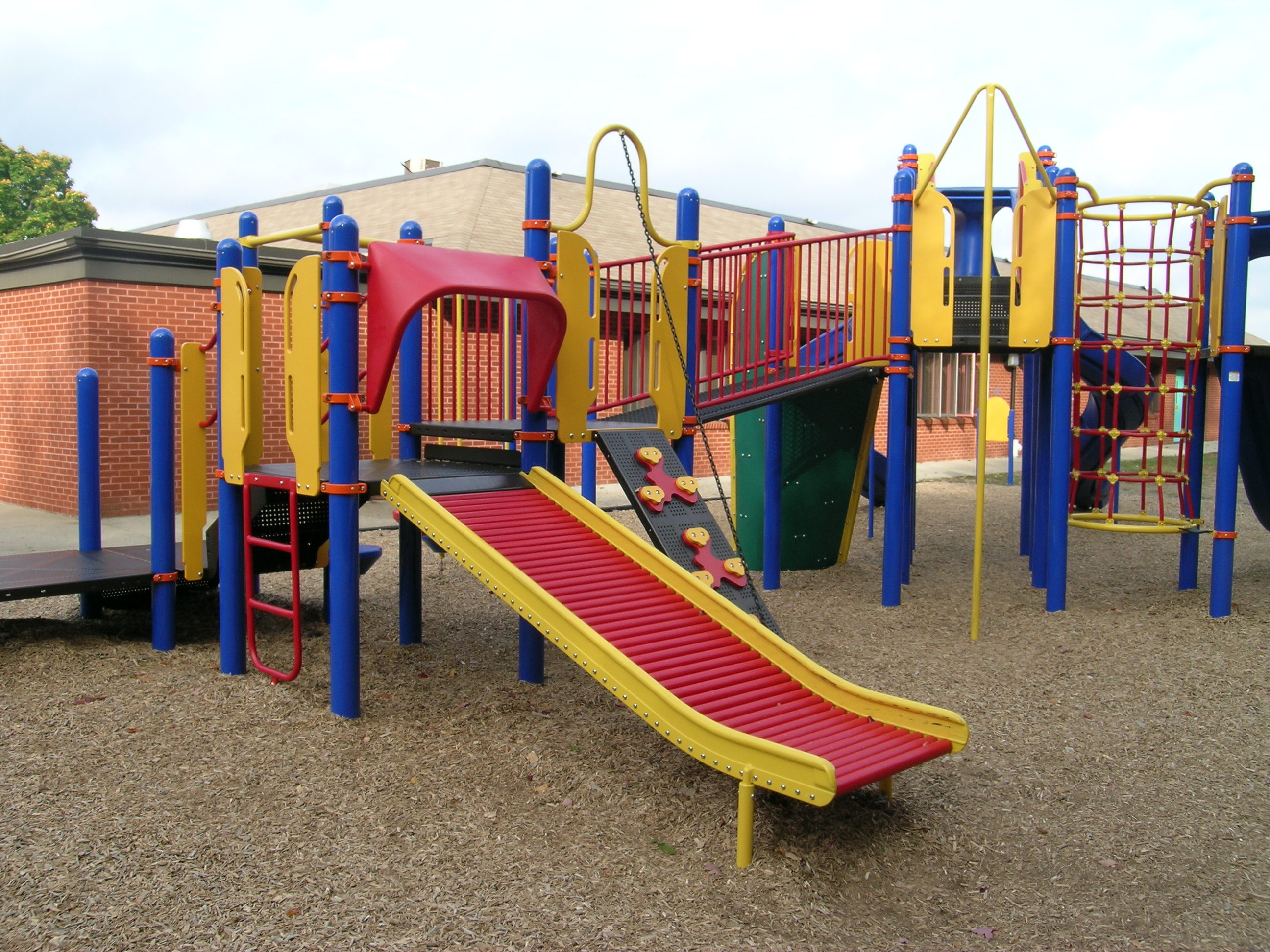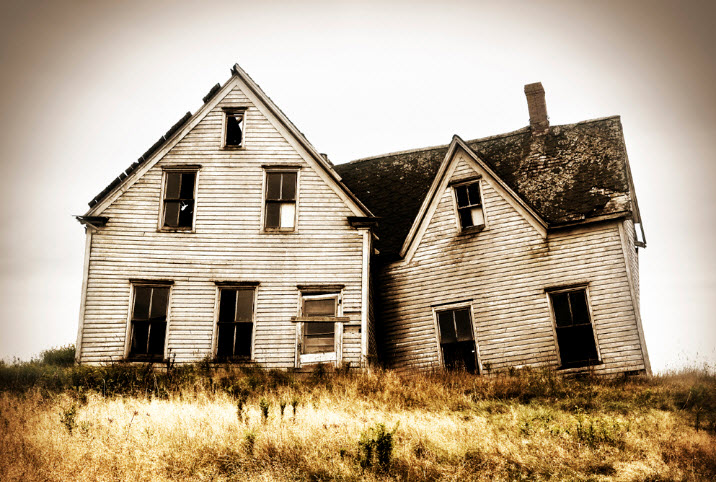So, a few days ago we talked about different amenities that you should be sure to have on your property for your tenants. Community wide amenities are always good to have because they give your residents a reason to come together while adding a whole other level of appeal to your property. What kind of community amenities should you consider adding to your property?
A community pool is a great idea and definitely a big selling point for people. Maintenance on the swimming isn’t going to be too costly, and your residents will want to stay at your property longer. This is also very appealing for people with children looking for a new place to lease because kids looooove pools. A pool area is also the perfect place to have an outdoor bar or kitchen! This will totally fly in summer time, and gives you the opportunity to hold community barbecues for your residents.
 If your property is one where a lot of tenants have children, a playground is definitely something you should consider adding if you don’t already have one. This a community amenity that you won’t cost you a lot to put in place but will make your residents very happy because they’ll feel that your property is a place for the entire family.
If your property is one where a lot of tenants have children, a playground is definitely something you should consider adding if you don’t already have one. This a community amenity that you won’t cost you a lot to put in place but will make your residents very happy because they’ll feel that your property is a place for the entire family.
If you want to add some recreational space for your adult residents, think about a basketball or tennis court, or even both. This is also a great fitness outlet if you can’t have an on-site gym. You can even hold games and tournaments to bring your residents together!


